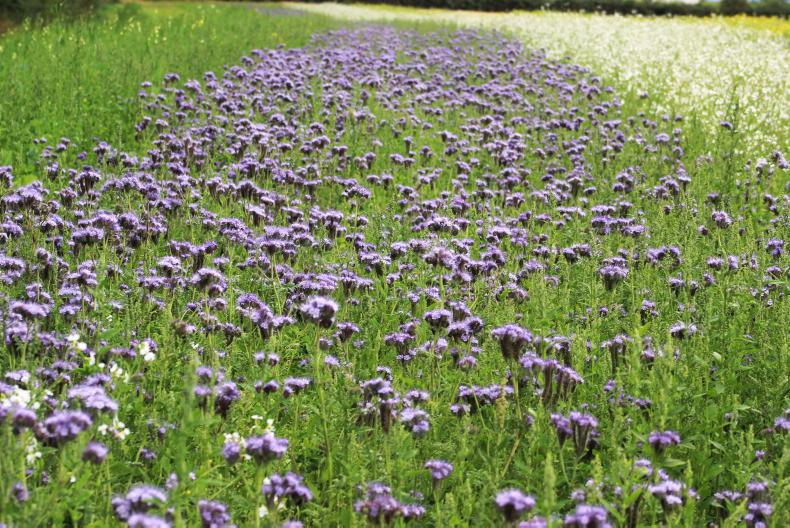Saturday 5 June is World Environment Day.
We decided to take a look at some of the top stories from the week which show the positive actions farmers are taking to help protect the environment.
They are also helping to reduce emissions and sequester carbon.
Putting carbon back into the soil
On Thursday, the Department of Agriculture revealed the statistics on the straw incorporation measure.
Some 1,957 farmers have applied to chop 38,668ha of straw under the measure, which will sequester approximately 84,222t of CO2.
The average payment per farm in the scheme is €4,546/application.
Reducing ammonia emissions by 3,000t
A report from the Environmental Protection Agency this week stated that 16% of slurry was spread using low emission slurry spreading (LESS) equipment in 2019 and this resulted in a reduction of 3,000t less ammonia being emitted to the atmosphere.
The report stated ammonia emissions had breached the ceiling is seven out of nine years, but that compliance can be achieved through the full implementation of the planned ammonia reduction measures.
The use of LESS equipment is on the rise all of the time, while protected urea use has also increased.
Carbon-positive farm
The Irish Tillage and Land Use Society’s (ITLUS) summer webinar saw Wally Furlong of Walter Furlong Grain described how their tillage farm is carbon positive, sequestering more carbon than it is producing.
Cover crops and minimum tillage play a huge roll in this, while crops like spring barley and beans require relatively low inputs.
Break crops also contribute to soil health. These measures have resulted in a reduction in fertiliser use and lower diesel consumption on farm.
World Environment Day
World Environment Day is an initiative from the United Nations which began in 1974 to raise awareness about the environment and its protection.






 This is a subscriber-only article
This is a subscriber-only article











SHARING OPTIONS: